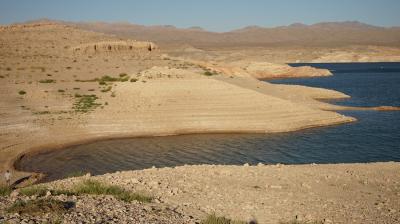Twitter Can Help Detect Drought Early, Says Study
A new study has found that social media, such as Twitter, can aid in the detection and prediction of drought in the American West. By using machine learning techniques applied over satellite-derived drought conditions in Colorado, the researchers were able to integrate Twitter data with meteorological records to predict drought development. The study found that the Twitter-based model outperformed the control run which did not include social media input, suggesting that the integration of data resources is viable. With the increasing impact of drought on the American West, this research provides a potential solution for stakeholders and society as a whole to respond to the slow and elusive emergence of drought. Future work will expand this method to depict drought in other states in the American West.
This study highlights the potential of using social media data, specifically Twitter, to improve the early detection and prediction of drought progression in the American West. By applying machine learning techniques to Twitter data in conjunction with meteorological records, the study shows that a Twitter-based model outperformed a control model that did not include social media input in predicting drought severity. This has significant implications for drought monitoring and response efforts, as the slow and elusive emergence of drought, presents a challenge for stakeholders and society as a whole in timely responsiveness. The findings of this study could help to improve early drought warning and response, leading to more effective and efficient mitigation strategies for the future.
As policymakers concerned with drought management, this study demonstrates the potential benefits of using social media data, specifically Twitter, in improving the detection and forecasting of drought severity. By integrating social media data with meteorological records and applying machine learning techniques, the Twitter-based model outperformed the control model in predicting drought severity. This indicates that social media can add value to drought monitoring and forecasting systems that are currently in place. As drought continues to impact the American West and threaten major water supplies, it is crucial to explore innovative solutions and utilize all available resources to mitigate the effects of drought. This study presents an opportunity for policymakers to leverage social media data to improve drought detection and response, potentially leading to cost savings and improved outcomes for impacted communities. The study also highlights the need for continued efforts to improve data collection and analysis methods to further refine and expand the use of social media in drought management.

